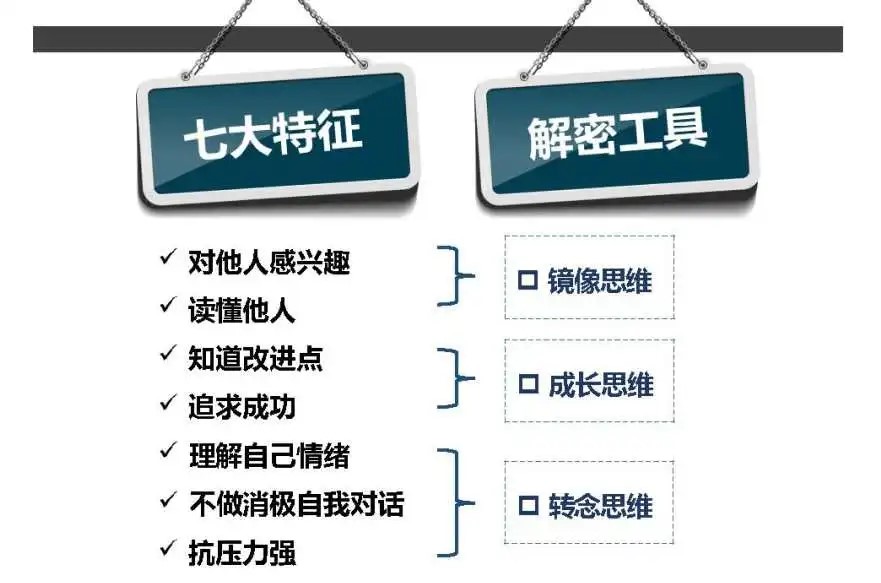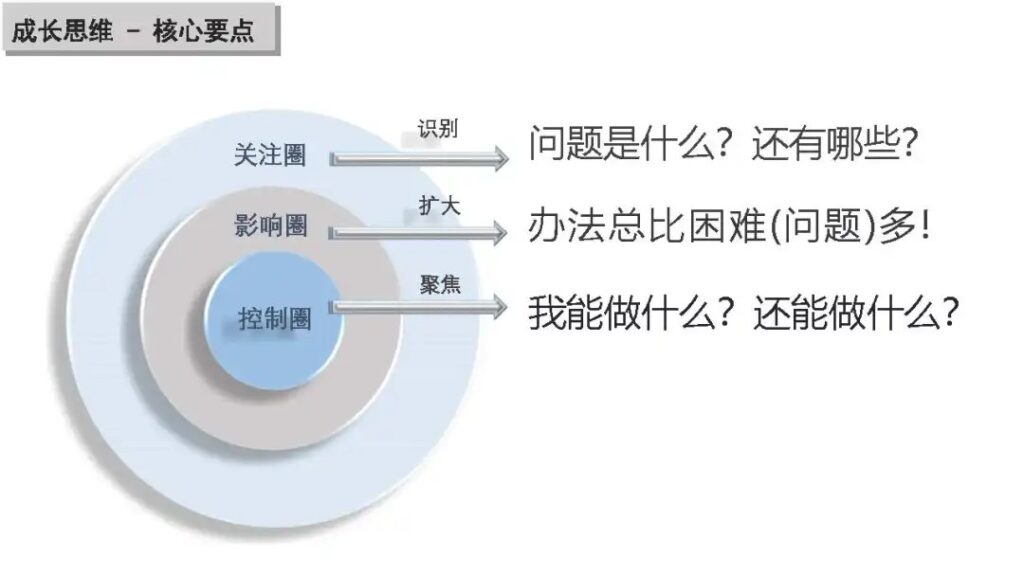Corporate Culture
2023/12/01
Talent Development | “Leader Transformation Plan” Phase IV- Helping Management Break Through: High Emotional Intelligence Leadership
01
2023/12/

Continuously optimizing enterprise management and improving internal energy efficiency is a key issue that FHS Group has always been concerned about. Recently, the “Leadership Transformation Plan” Phase IV- “Helping Management Break Through: High Emotional Intelligence Leadership” has arrived as scheduled.
The definition of high emotional intelligence

Famous entrepreneur Jack Ma put forward a viewpoint in his keynote speech at the Tsinghua EMBA class: “Success depends on emotional intelligence, and invincibility depends on intelligence.”
Intelligence is highly genetic and innate, while emotional intelligence can be cultivated through nurture. Therefore, in this course, we specially invited emotional intelligence leadership expert Professor Jin, who has experience in managing multinational foreign enterprises and well-known listed companies, to bring this vivid lesson to managers – “Helping Management Break Through: High Emotional Intelligence Leadership”.
High emotional intelligence characteristics

Firstly, Teacher Jin led the managers to analyze the seven characteristics of high emotional intelligence individuals through case studies, consensus, and co-creation. Starting from the seven major characteristics, three thinking tools were introduced – mirror thinking, growth thinking, and reframing thinking.
Mirror thinking

Reverse the learning points from the results of the “Seven Characteristics”. The first thinking tool refers to mirror thinking. Mirror thinking requires us to use corresponding thinking to understand others. It requires us to “tailor our approach to each individual’s unique traits” and “tailor our teaching accordingly”.
In class, Teacher Jin has led the students to use the PDP personality assessment exploration tool to help them understand their own and team member personality types, understand their strengths and weaknesses, understand how to use team member strengths to compensate for their weaknesses, and how and when to play different roles for effective interaction. This helps managers effectively enhance their influence in the workplace and better manage their teams.
Growth thinking

The so-called growth thinking can be simply understood as facing various problems, difficulties, and challenges with a positive attitude. In the training of growth thinking, Teacher Jin cited a large number of scenario cases to guide managers in practicing the “Three-Circle Action Plan”.


The training methods of the alloy teacher were discussed in groups by the managers, who expressed their enthusiasm and received enthusiastic feedback in the classroom.
Transfer thinking

Any decision or reaction we make is determined by our thinking patterns, that is, our cognition determines our behavioral patterns. The purpose of transfer thinking is to help us deeply understand our potential thoughts, effectively transform our negative emotions, avoid negative self dialogue, and improve our ability to cope with stress.
Teacher Jin provided the ABCBA five step method for practicing transfer thinking, which includes Awareness, Beliefs, Convert, Build, and Action. Through the proficient use of the ABCBA action plan, Teacher Jin hopes that managers can better manage themselves and inspire the team when faced with challenges, especially tricky problems.
Summary
Continuous learning is a mandatory course for FHS managers. In the future, FHS Group will continue to focus on building a human resource management system that is integrated with the company’s business and can support the achievement of strategic goals. With the vision of becoming a prestigious global smart manufacturing enterprise, FHS Group will continuously explore the path of talent cultivation, adhere to goal orientation, problem orientation, and result orientation, improve management efficiency, optimize and improve management methods, systems, and mechanisms, and promote the high-quality development of the enterprise.

Public Relations Officer
Miss Zeng



